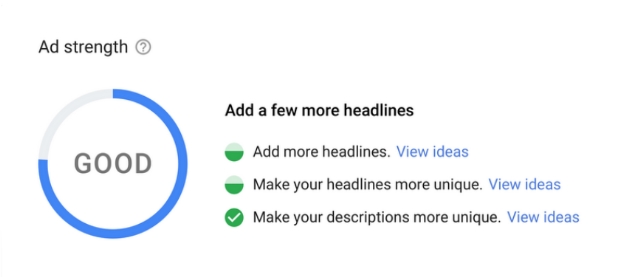As announced last August, Google is set to stop allowing advertisers to create, edit, or start running expanded text ads across the search engine’s ad network starting June 30, 2022.
Though expanded text ads have been a popular way to make your ads stand out and increase click-through rates, the company says it plans to replace the ad format with responsive search ads.
The goal, according to Google, is to simplify running ads while using automation to improve ad performance.
According to the announcement, advertisers who have already made the switch from expanded text ads to responsive search ads saw an average 7% increase in their conversions.
Why Google Is Switching To Responsive Search Ads
Things are shifting all the time online, including the ways we are searching. According to Google, at least 15% of all search queries are never-before-seen searches. With responsive search ads, Google is trying to help brands keep up to date with these ever-changing trends and to always be where their audience is.
How To Prepare
For the time being, existing expanded text ads will be largely unaffected by the change. Though they cannot be edited, existing ads in this format will continue to run as normal. However, no new expanded text ads can be created.
To help you prepare for the upcoming change, Google recommends taking these steps:
- Repurpose high-performing text ad content into responsive search ads and focus on improving ad strength.
- Apply changes suggested in the account’s Recommendations
- Pin headlines and other copy in specific positions to ensure they always show.
- Use variations to test different ad versions.
- Review assets in cross-campaign reporting based on performance to identify the most effective messaging.
- Evaluate incremental growth in impressions, clicks and conversions at the ad group and campaign levels.
For more information, you can read the full announcement here.




